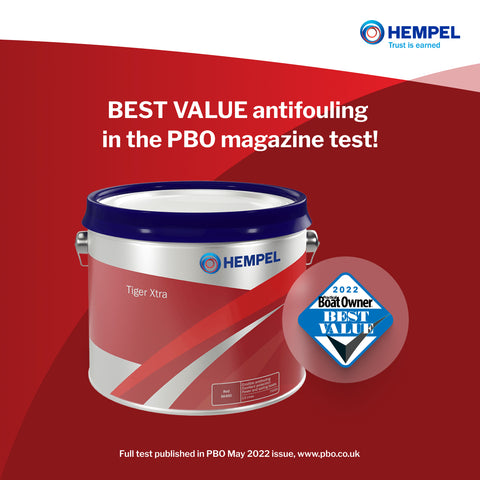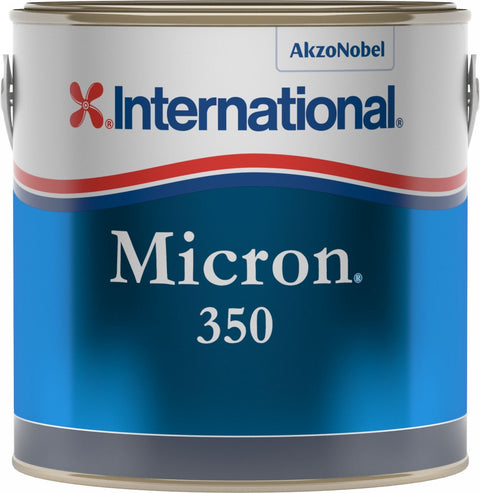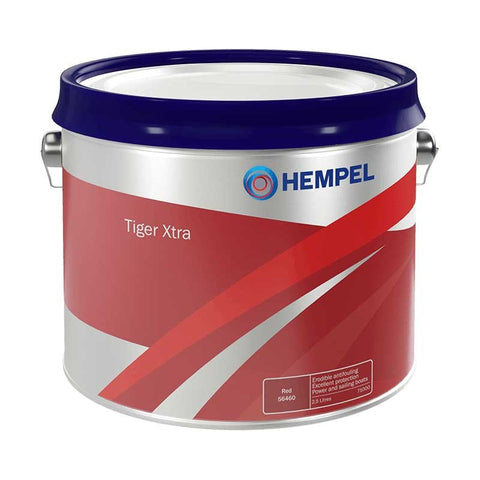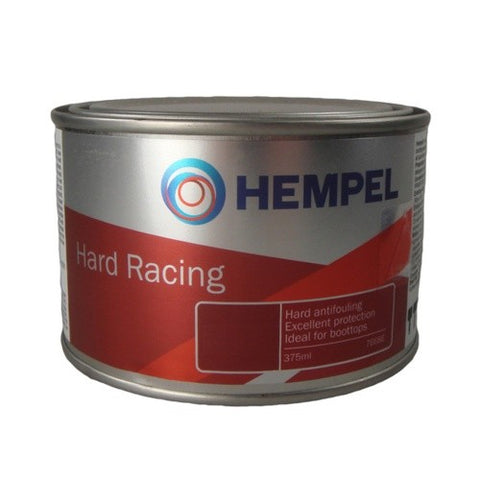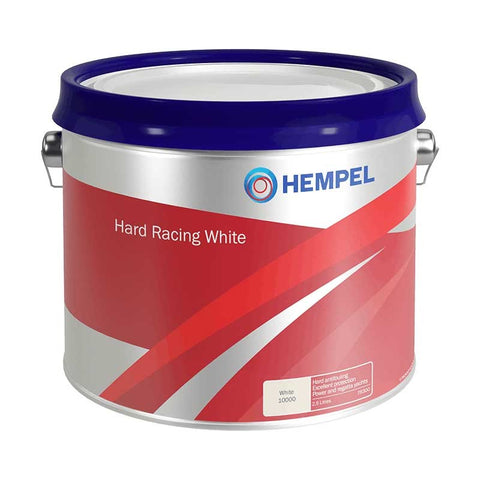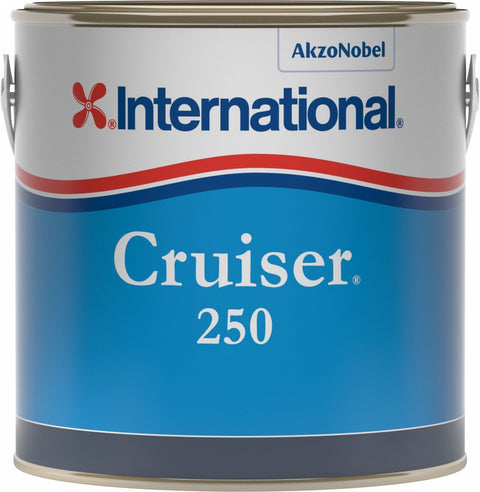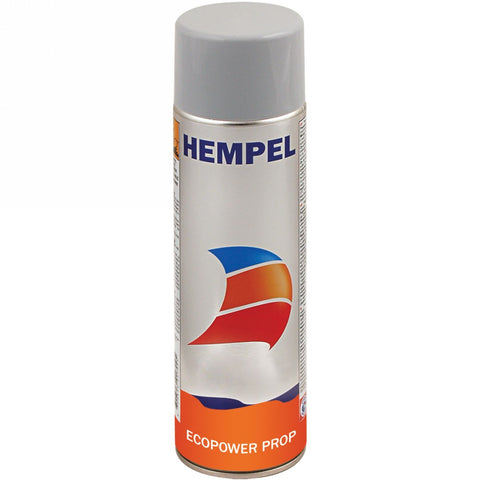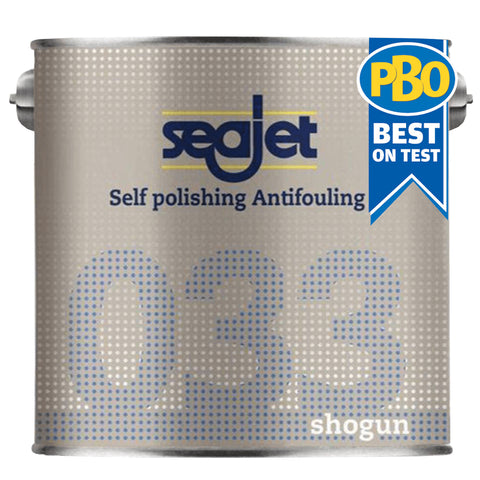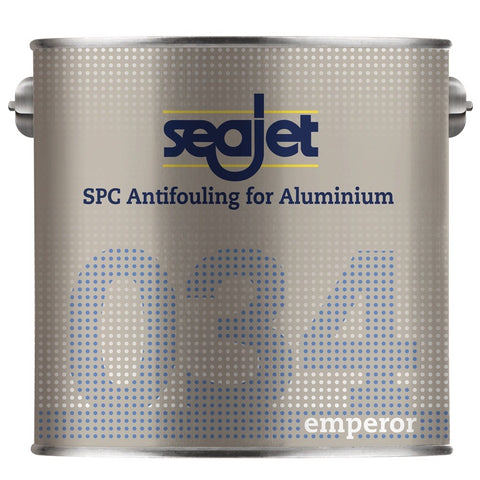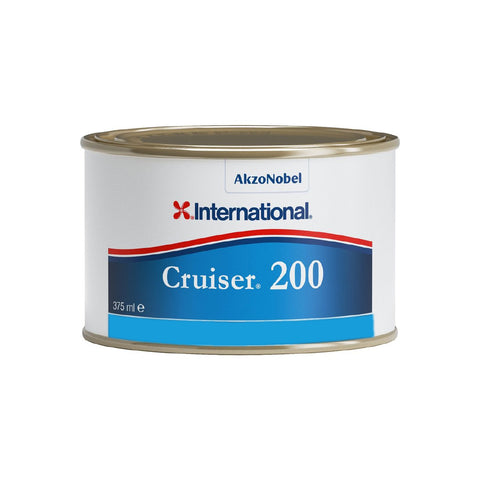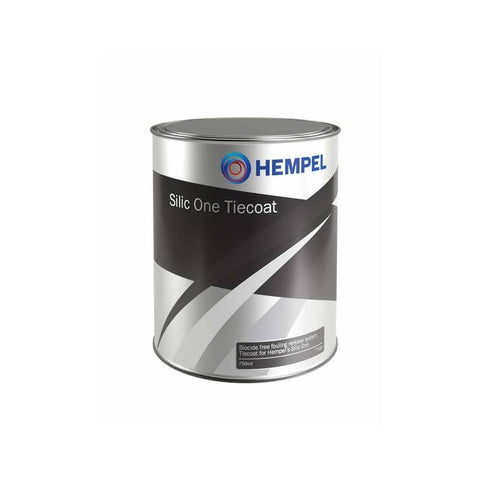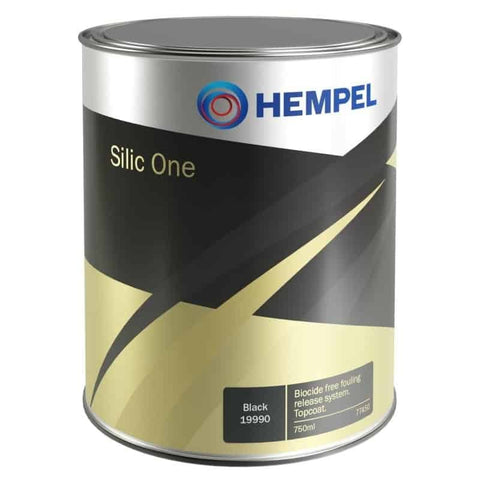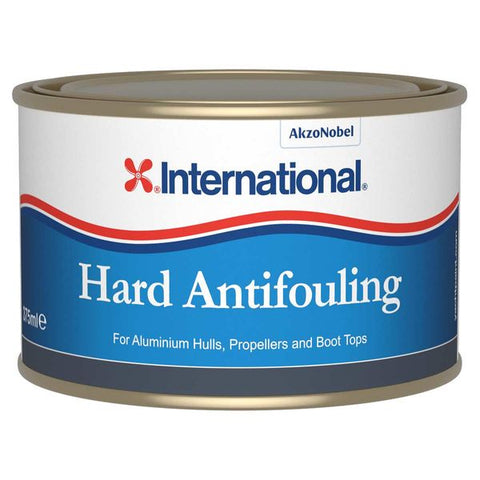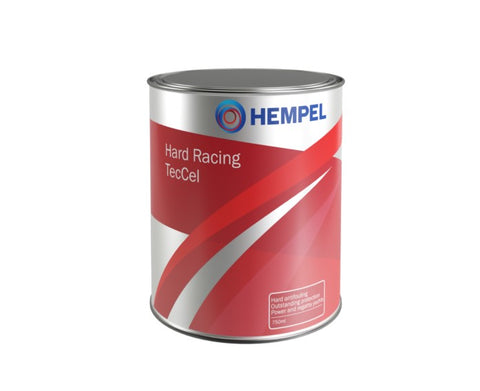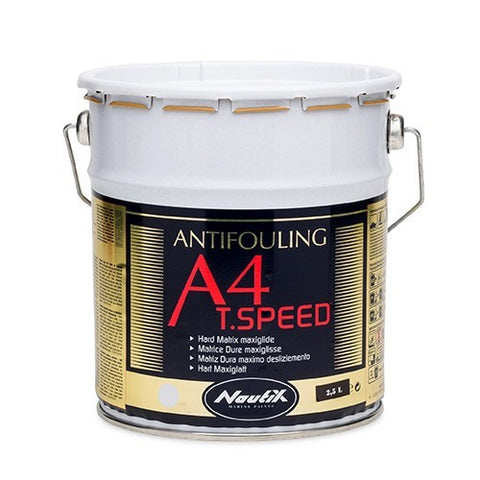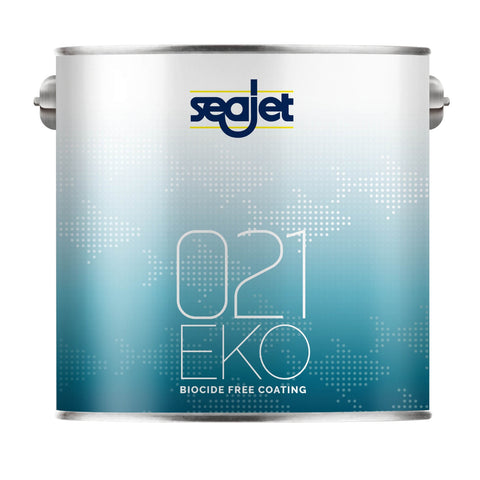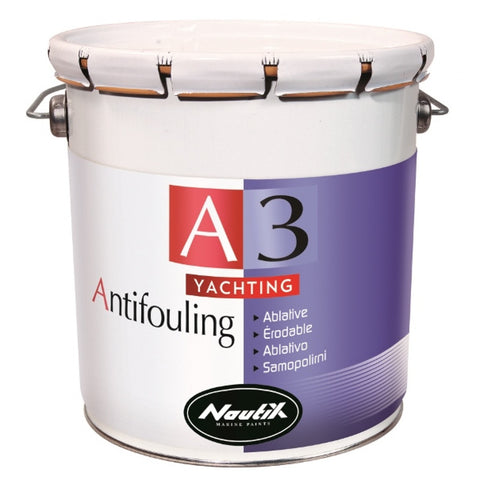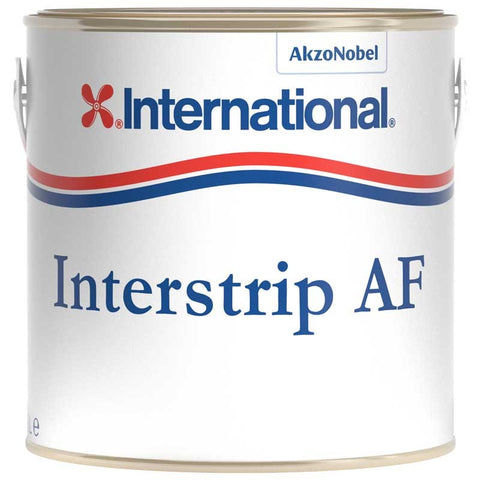Antifouling Paint FAQ
Antifouling paint is a specialized coating applied to the hulls of boats and ships to prevent marine growth such as algae, barnacles, mussels, and other organisms from attaching themselves and accumulating on the surface. It is usually composed of biocides that continually release toxins into the surrounding water, preventing organisms from settling and multiplying there.
The active ingredients in antifouling paints are either organic or inorganic compounds such as zinc oxide, copper oxide, tributyltin oxide, and more recently hydrolyzed polyvinyl acetate (PVA) or acrylate copolymer. These ingredients generally work by either releasing a toxic agent over time to poison marine organisms or creating an extremely slippery surface which makes it difficult for them to attach.
Antifouling paints come in a variety of colours and textures depending on their intended use; some are designed specifically for recreational vessels while others are better suited for commercial craft.
Antifouling paints work by releasing biocides into the water, which act as a barrier to prevent organisms from adhering to a boat's hull. The biocide used in antifoulnig paint is usually some form of copper or other heavy metal compound, although there are other low-toxicity options available.
These biocides are designed to be slowly released into the surrounding seawater, preventing any organism from latching onto the hull and colonizing it over time. This makes antifouling paint an effective way to keep a boat’s bottom clean and free of barnacles, algae, and any other aquatic organism that would otherwise attach themselves. In addition to the release of biocides, antifouling paint also includes other ingredients such as silicones and polymers that create a slippery surface that makes it difficult for organisms to stick and survive on the hull's surface.
This further enhances its effectiveness in keeping the bottom of a boat clean and free from biofouling.
Yes, it is possible to paint over old antifoul. Depending on the type and condition of the existing antifoul, you may need to do some preparatory work before applying a new coat of paint. If the existing antifoul is in good condition, free from signs of fouling or wear and tear, then you may be able to simply wash and dry the hull before applying the new paint. However, some antifouls require a light wet-sanding first to ensure that all traces of previous paint are removed so that your new coat adheres properly.
It’s also important to keep in mind that different types of antifoul paints should not be mixed as they may contain incompatible chemicals that can react with each other and cause damage to your hull. It's best to check with both the manufacturer of your existing antifoul and any new products you're considering using to make sure they are compatible and safe for use together.
When painting over old antifoul, you may also want consider the number of coats you apply – two coats are usually recommended for boat bottoms since this helps provide better protection against fouling. In addition, when sanding off or painting over any existing antifouling it’s important to take safety precautions such as wearing protective clothing and avoiding prolonged exposure to airborne particles from sanding or spraying. Finally, remember that no matter what type of paint you use or how many coats you apply, regular care and maintenance is essential for preserving your vessel’s hull in top condition.
The average life expectancy of an antifouling coat can vary significantly depending upon the environment and usage. Generally, it is expected to last from six to fifteen months between reapplication. This assumes that the boat is not frequently submerged in water, as exposure to saltwater will accelerate the degradation process.
If you don't Antifoul a boat, it will be exposed to the elements and marine life in the surrounding environment. This means that without an antifouling layer to protect it, the hull of the boat is at risk of being colonized by barnacles, algae, mollusks, and other aquatic creatures.
As time passes and these organisms attach themselves to the boat's surface and begin growing on it, they can cause serious damage to its structural integrity. The resulting drag from this increased surface area will reduce the efficiency of your boat's movement through the water significantly, as well as increasing fuel costs due to needing more energy to propel it.
Additionally, any further wear and tear caused by these organisms can weaken the material making up your hull with each passing season. If left unaddressed for too long, this could potentially lead to a dangerous compromise in its integrity which would not only require costly repairs but put anyone on board in potential danger as well. Furthermore, aesthetics are also taken into consideration when deciding whether or not to antifoul a boat.

